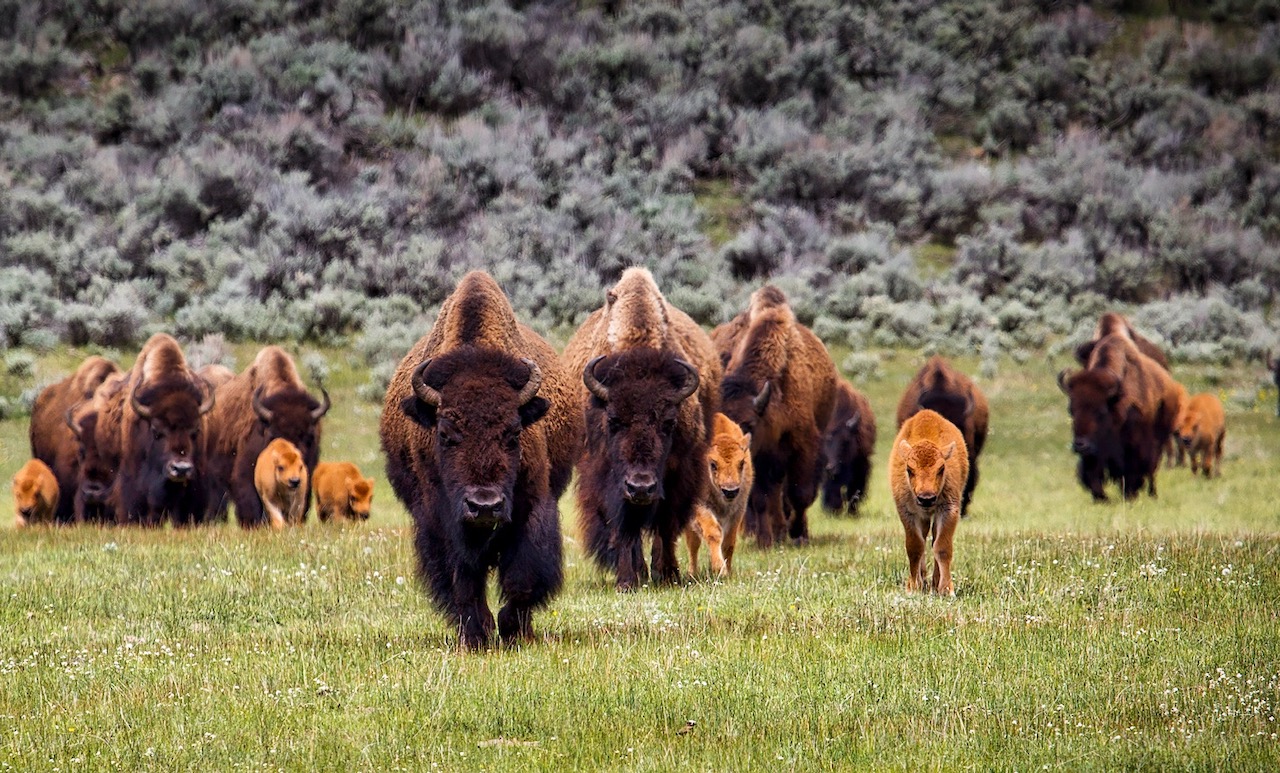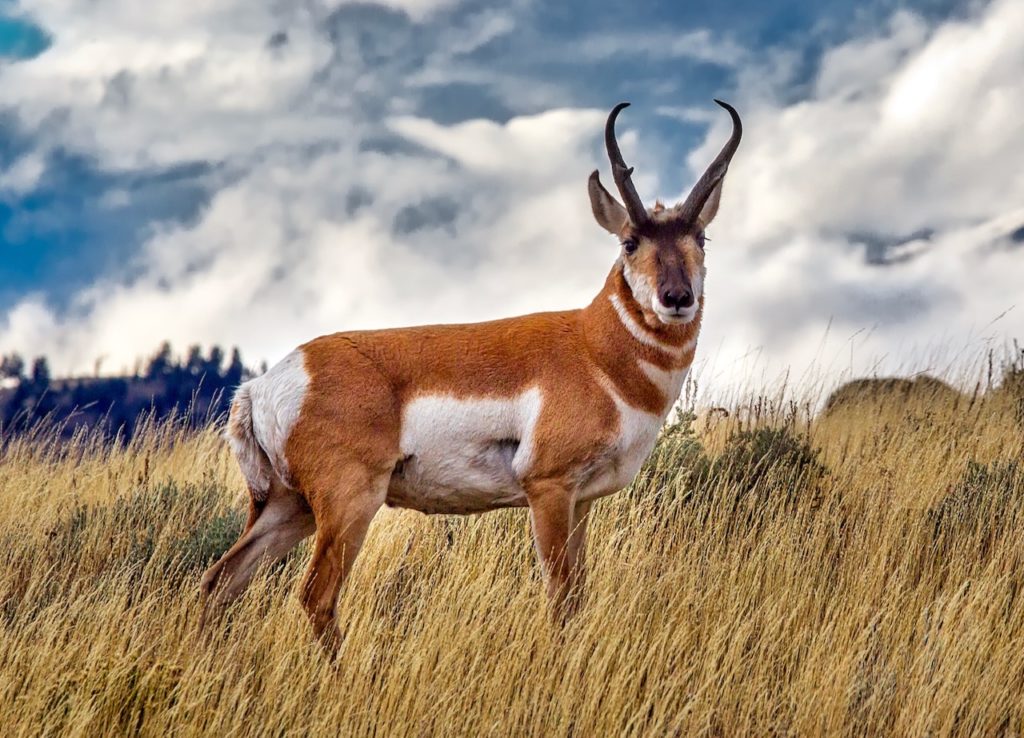The vanguard
How hunters can remain the key to wildlife conservation
Advertisement
THE MODEL
The North American Model of Wildlife Conservation is guided by the following fundamental principles.
Advertisement
- MAINTAIN WILDLIFE AS A PUBLIC TRUST
This is based on the premise that wildlife is not privately owned, but instead held in trust by government for the benefit of all citizens.
- WILDLIFE MUST NOT BE MARKETED COMMERCIALLY
In large measure, it was market hunting that led to the severe depletion of wildlife populations at the close of the 19th century. Making it illegal to buy and sell meat and animal parts removed that huge threat. Today, only a highly regulated market in furbearers continues.
- WILDLIFE IS ALLOCATED BY LAW
As wildlife is a public resource managed by government, access to wildlife for hunting is managed through established hunting seasons, bag limits and licensing requirements.
Advertisement
- WILDLIFE CAN ONLY BE KILLED FOR LEGITIMATE PURPOSES
Wildlife is a shared resource that must not be wasted. Animals can only be killed by legal and ethical means, and only for legitimate reasons, whether it’s for fur or food, self-defence or the protection of property.
- WILDLIFE MUST BE RECOGNIZED AND MANAGED AS AN INTERNATIONAL RESOURCE
Some species, including migratory birds, cross national boundaries. As a result, treaties such as 1916’s Convention for the Protection of Migratory Birds in the U.S. and Canada recognize a shared responsibility between nations for managing these species.
- ENSURE THAT SCIENCE IS THE BASIS FOR CONSERVATION POLICY
In order to objectively and responsibly manage wildlife as a shared resource, decisions must be based on sound science and managed by professional wildlife biologists in government agencies.
- PRESERVE HUNTING OPPORTUNITIES FOR ALL
In keeping with democratic principles, governments must allocate access to wildlife without regard for wealth, social standing or land ownership.


